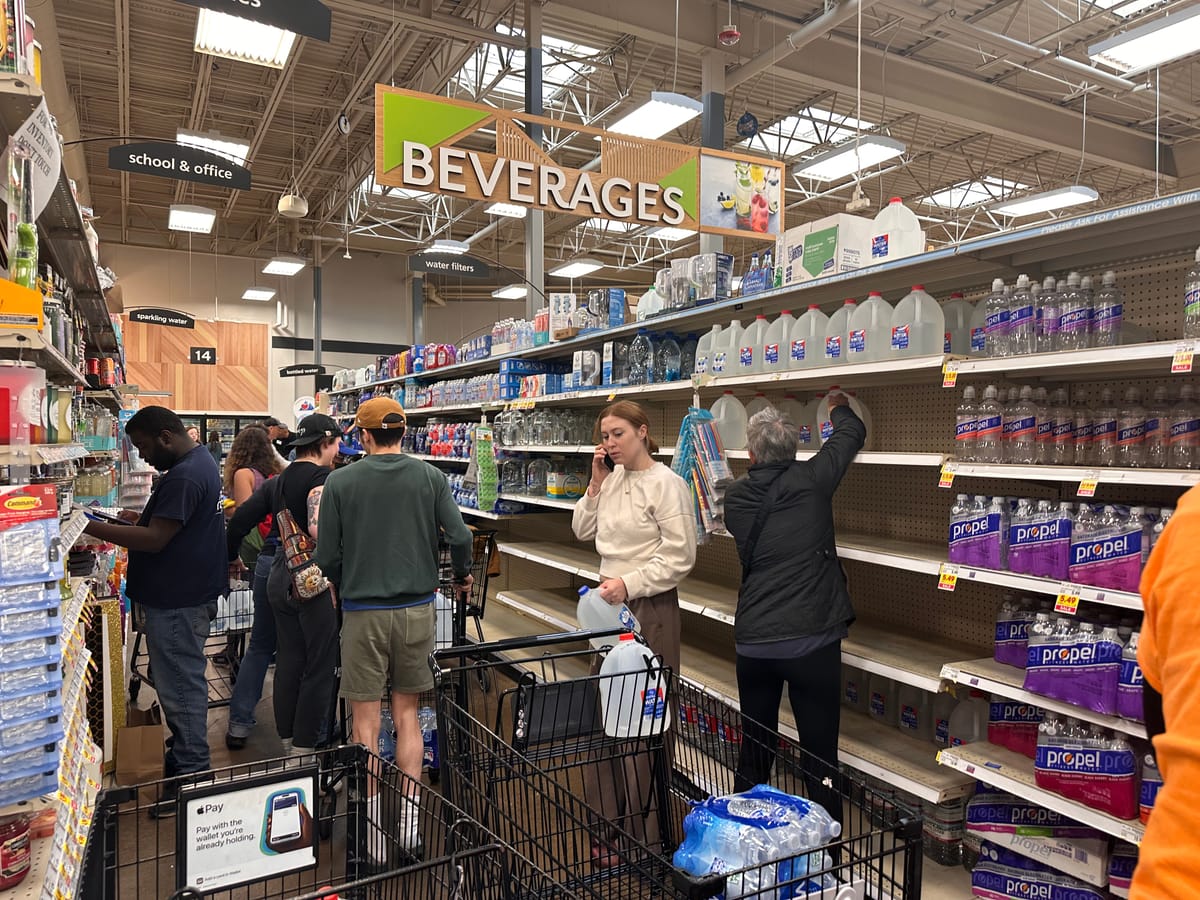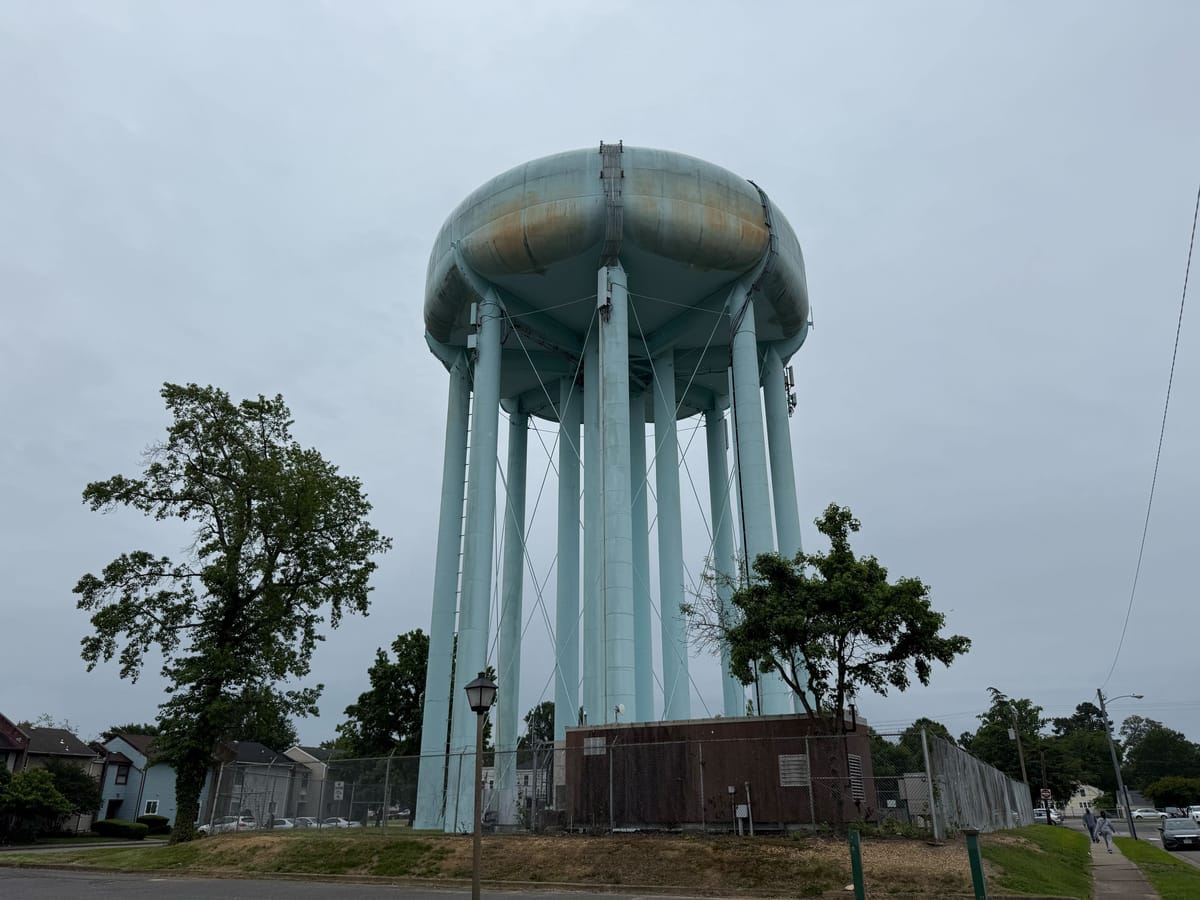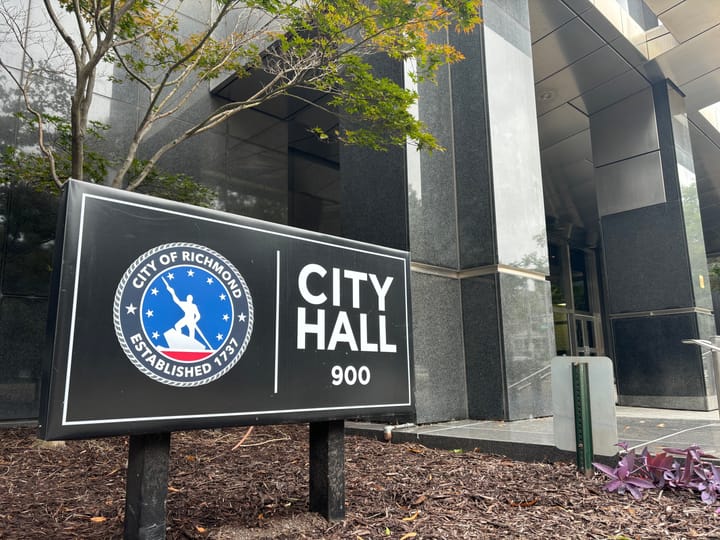3 p.m. water update: Production resumes; poor 'raw water quality' contributed to outage

See our latest updates here:

Original story:
Richmond Mayor Danny Avula gave an update to reporters on Tuesday afternoon, as a portion of the city remains under a boil water advisory. (See an interactive map showing boil locations here.)
He said the water plant is now producing water at about 40-45 million gallons per day, slightly below normal full operating capacity of about 50 million gallons per day.
Once the water system is fully pressurized again, testing can begin to lift the boil water advisory. That testing will take about 24 hours.
Full reservoir capacity has not been reached yet, but Avula was hopeful it would soon, noting that the reservoir is gaining height as of this afternoon.
He emphasized that other portions of the city, as well as the counties, are able to continue to use and drink water as normal.
"For everybody else, they can continue to drink the water," Avula said.
He added that restaurants can remain open inside the boil water advisory area if they are able to follow VDH protocols.
Water quality blamed
Officials said heavy sediment in raw water drawn from the James River into the treatment plant had caused the majority of the facility’s filters to clog, first in the early morning hours of Tuesday and then later Tuesday morning after water production had been restored for an hour.
Exactly what caused that poor water quality remains uncertain.
Irina Calos, a spokesperson for the Virginia Department of Environmental Quality, said the state agency wasn’t aware of any large sediment releases upriver from the Douglasdale Road facility. However, she noted that “higher turbidity is often associated with higher flows, and the river gage just upstream of the plant nearly reached moderate flood stage on May 15.”
On Tuesday afternoon, Avula said officials “don’t know the acute cause.”
That date marks the gage's second-highest recording over the past 12 months, surpassed only between Feb. 17 and 19, when it rose to 17 feet. On May 15, the level was just shy of 15 feet.
Department of Public Utilities Director Scott Morris was asked about the situation as well.
"There’s a lot of things that can impact filter abilities or operational capacity," he said. "In this event, it looks like the raw water quality decreased."
He said filters traditionally have to be "backwashed" every so often, but in this case, "very poor water quality" caused more issues than the system was able to handle.
Morris said the Ginter Park tank is smaller than the others, which is why water pressure dropped in that zone, but not others.
Note: This story has been updated to correct the title of Department of Public Utilities Director Scott Morris.
This has been a breaking news report. Updates will be posted to Richmonder.org as they become available.
Sent this by a friend? Sign up for our free thrice-weekly newsletter here.
Want to support The Richmonder? Become a donor for $9.99 a month and keep quality local journalism in the community.







